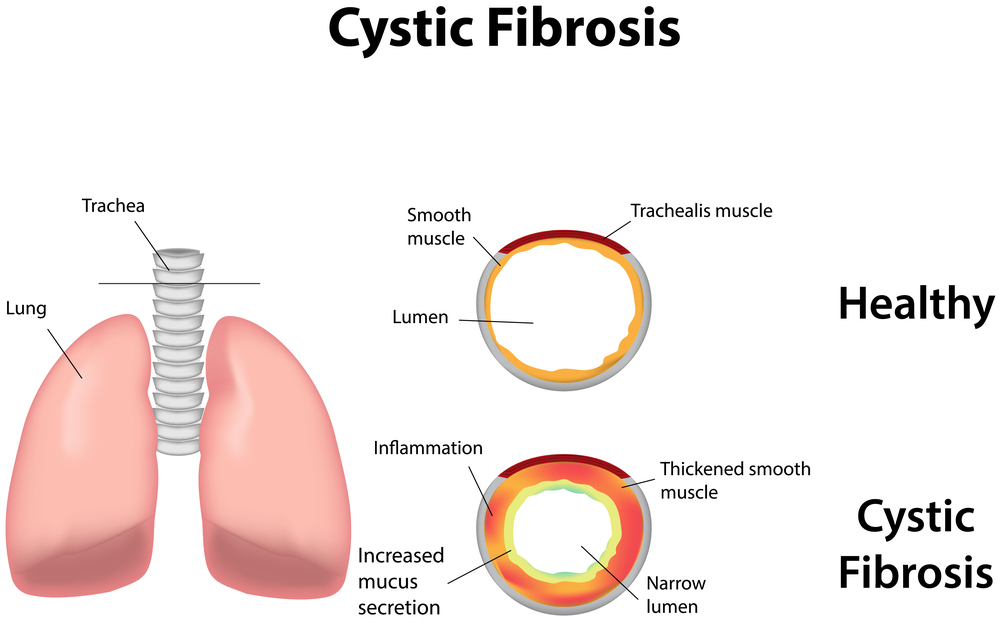Exercise for Cystic Fibrosis
A person with Cystic Fibrosis is born with the condition and there is currently no cure. People with Cystic Fibrosis require continuous medical care throughout their lifetime, including medications, chest physiotherapy and exercise prescription.


What are the benefits of exercise in patients with Cystic Fibrosis?
Many studies have demonstrated the benefits of exercise in patients with Cystic Fibrosis, which include:
• Increased exercise tolerance
• Increased respiratory muscle endurance
• Increased mucus expectoration (airway clearance)
• Increased residual volume (the amount of air trapped in the lungs after a forced expiration)
• Reduced rate of decline in pulmonary function
• Increased fluid balance and retention of serum electrolytes
• Improved quality of life
I have Cystic Fibrosis, what type of exercise should I be doing?
For people with Cystic Fibrosis, exercise programs should include both aerobic (cardiovascular) and resistance (weights) based exercise. The frequency of exercise is more important than duration or intensity, with the goal being to do something every day. Any exercise program should be prescribed by an accredited exercise physiologist, who will be able to provide a specific routine that meets the needs of the patient. In general, the program should consist of:
• Aerobic exercise – Start low and build up gradually until you are consistently doing 30-40 minutes of moderate aerobic activity per day. Moderate aerobic activity is any exercise that leads to a modest increase in your breathing and heart rate. It includes activities such as brisk walking, swimming, cycling and dancing. If this is well tolerated and your fitness has improved to an adequate level, you can introduce some bouts of vigorous intensity exercise such as running, exercise classes and sport.
• Resistance exercise – Include resistance exercise as part of your program to ensure you get the benefits of increased muscle strength, improved bone mineral density and improved support for your joints. Resistance exercise includes weights, resistance bands or bodyweight exercises, and should be included twice per week for 20-30 minutes.

Our Exercise Physiologists at Glebe Physio are professionals who are trained in the safe and effective prescription of exercise for people with conditions such as cystic fibrosis.
At Glebe Physio, we offer one-on-one appointments to individually assess your situation and tailor an exercise program for you, as well as fully supervised classes for those who enjoy exercising in a group environment.
If you would like to ask a question about our services or anything else, visit our Contact Us page to get in touch.
If you are ready to make an appointment, visit our make a booking page and get started today.
Get Active!
For more, visit our Frequently Asked Questions page.
If you would like to ask a question about our services or anything else, visit our Contact Us page to get in touch.
If you are ready to make an appointment, visit our make a booking page and let us help you with your fitness or recovery.

